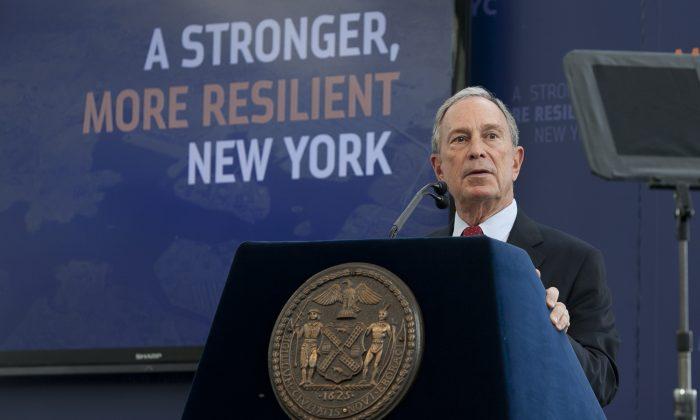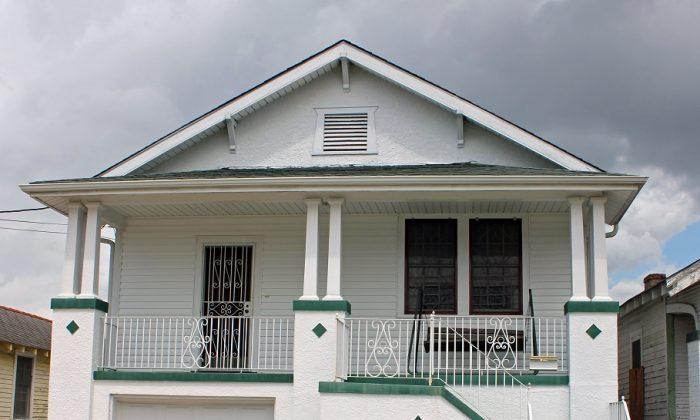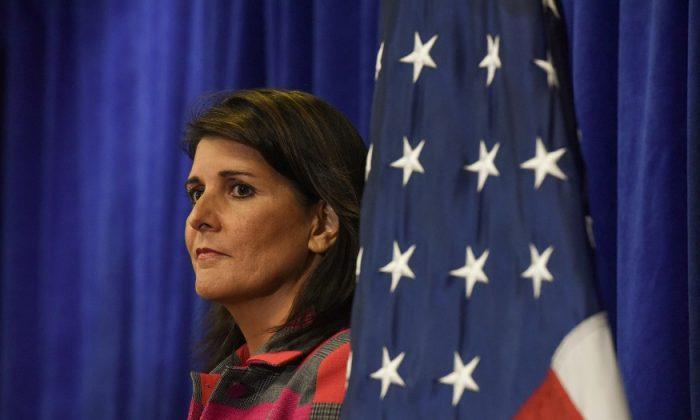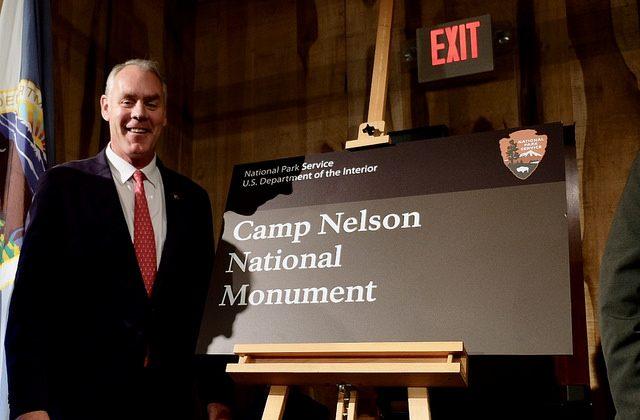NEW YORK—With the waterfront behind him at the recently restored Brooklyn Navy Yards, Mayor Michael Bloomberg laid out highly anticipated protection plans for New York City to prepare for what he believes will be stronger storms due to climate change.
The ambitious, “A Stronger More Resilient New York,” listed more than 250 recommendations which will arm the city against rising seas, stronger rain storms, and the consequences of longer heat waves.
The city will strengthen 15 critical areas with coastal defenses such as flood gates, levees, and sand berms, as well as protect buildings, utilities, food supplies, transportation points, communications, and healthcare facilities.
“This plan is incredibly ambitious—and much of the work will extend far beyond the next 203 days [in his tenure] to get as much work possible underway, and to lock in commitments wherever we can,” the mayor said.
If each item is completed on time, the city estimates a cost of $19.5 billion. The city has allocated $10 billion in capital spending, as well as federal relief, and $5 billion in additional federal relief.
It will be up to the next administration to fill the $4.5 billion gap by asking the feds for more money, or raising it from city capital. The mayor cited extra federal funding New Orleans received years after Katrina, and after solid plans had been laid.
Changing Landscape
As he did just days after Sandy hit, the mayor vowed the city would not abandon the waterfront, but said action will need to be taken to ensure the safety of those living by the sea.
With climate change, 800,000 New Yorkers are expected to be in the 100-year flood plain by 2050. The mayor’s team, led by Seth Pinsky and Deputy Mayor Cas Holloway, took these estimates into account, designing a tailored protection model for vulnerable areas of the city.
To protect the city’s beaches, a hotspot during the summer months, the mayor proposed using dunes, a measure that proved useful in some areas of the Rockaways. Residents can expect to see sand barriers being built this summer, aided by the Army Corps of Engineers.
Coney Island will receive 1 million cubic yards of sand and the Rockaways Peninsula will get 3.6 million cubic yards.
The mayor would like to see a double dune system built in Breezy Point, which, in addition to the flooding, suffered massive damage after a fire swept through the area following the storm.
Bloomberg said natural defenses would not be enough, but called a giant barrier in the harbor impractical, and unaffordable. The mayor pointed to floodgates and storm surge barriers on a smaller scale as an alternative.
Bloomberg is calling for removable flood walls in Hunts Point in the Bronx, which houses the Food Distribution Center, the East Harlem Waterfronts, Hospital Row north of East 23rd Street, Lower East Side, Chinatown, the Financial District, and Red Hook in Brooklyn.
The city will also design and install a storm surge barrier at Newtown Creek. Jamaica Bay and the Gowanus Canal will be studied for feasibility and type of barrier.
The mayor suggested building Seaport City, a similar extension of Manhattan like Battery Park City. He said it would be expensive, but could pay off with new housing and businesses.
“It’s an ambitious idea—but so was Battery Park City,” Bloomberg said.
The projects will have to be studied by the Army Corps of Engineers, designed, funded, and then installed, meaning it will be years before the city sees the landscape changing—but the mayor warned, it is coming.
“Now, some of our waterfront protections may be controversial. Some may block views,” the mayor said. “But the alternative is to get flooded out—or worse. We can’t stop nature, and so if we’re going to save lives, and protect the lives of communities we’re going to have to live with some new realities.”
Next Administration
The mayor only has 203 days left in office, meaning nearly all of the work will fall on the next administration to implement.
City Council Speaker Christine Quinn, running for the Democratic nomination, has an inside track being in the City Council. She has worked with The Panel on Climate Change, which helped define the risks the city faces, as well as on legislation to improve response and rebuilding.
“As I’ve said before, strengthening our City against future climate risks, such as the devastation we experienced after Sandy, is this is the single most important infrastructure challenge of our time,” Quinn said in a statement from the Council’s Office. “It’s one of the reasons I have advocated so strongly for strengthening our coastal defenses, and I’m glad to see the mayor facing this challenge head on.”
Domenic Recchia Jr., who’s district includes hard-hit Coney Island, feels that Quinn is the best candidate. “I know if Christine Quinn is the next mayor, she has a vision, she has the plan, and she will make sure the people of New York City are protected,” Recchia said after the announcement. He officially endorsed her in March.
Public Advocate Bill de Blasio, also a Democratic, commended the mayor for a well thought out plan. He was cautious about how the needs of low-income New Yorkers would be taken care of under the plan. “I believe our future resiliency planning needs a special focus on NYCHA, which serves vulnerable populations and already faces a severe repair and maintenance backlog,” de Blasio said in a statement.
De Blasio was also wary of relying on the Federal government for more money. “In the current fiscal environment, we must ensure that we prioritize resources effectively, so that we can fund the most critical elements of this plan in the short term, and be careful not to overly rely on additional federal support that may be a long time, at best, in coming,” de Blasio said in a statement.
Democratic candidate Bill Thompson vowed every New Yorker would get the same treatment during the next storm.
“When I’m Mayor, communities in southeast Queens, the South Shore, City Island, and Coney Island will receive the same attention and resources as corporations on Wall Street or businesses on 5th Avenue,” Thompson said in a statement.
Republican Candidate Joe Lhota, who was thrust into the spotlight for getting the MTA back and running after Hurricane Sandy, made no reference to the transportation initiatives in his statement, but called the borough and neighborhood-specific approach wise. “The plan contains several ambitious capital projects that will be started under this administration, and I will continue to implement as the next mayor. Preparation and planning are the keys to navigating any disaster and this plan is a great first step toward protecting the city and its residents.”
It may not be Michael Bloomberg in office on January 1, 2014, but he hopes the residents of New York keep the next mayor’s feet to the fire in order to get the plans implemented.
“We’ve got a plan. We know what needs to happen, and we know we can’t wait,” Bloomberg said. “It is up to you to hold us accountable for making as much progress as possible over the next 203 days and it is up to you to hold our successor accountable for getting it done.”





